Malda, the ancient pride of of Bengal
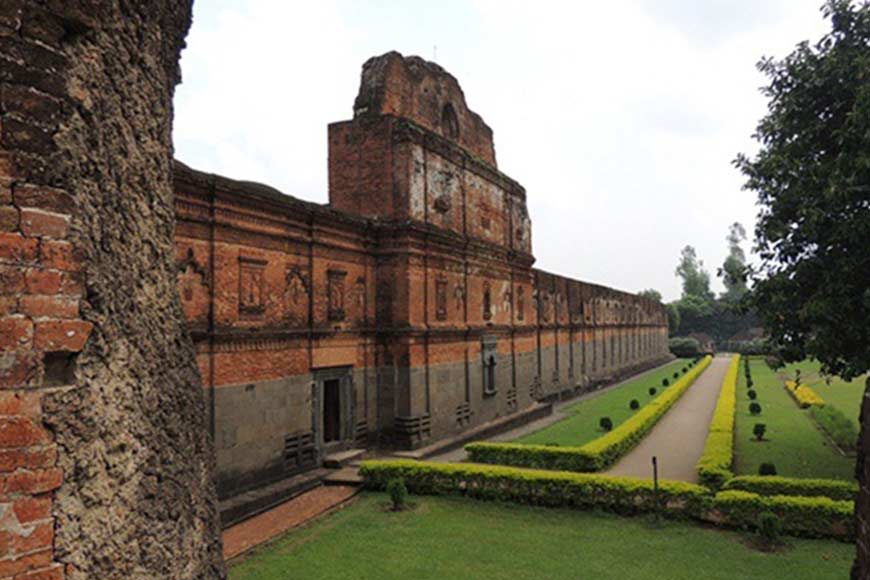
Adina Mosque
No matter which way you look at it, Malda is special. Not only is the district headquarters one of the state’s largest cities after Kolkata, but the district as a whole represents the confluence of the various cultures and royal dynasties which have historically shaped Bengal - the Buddhist Palas, the Hindu Senas, and the Muslim Nawabs.
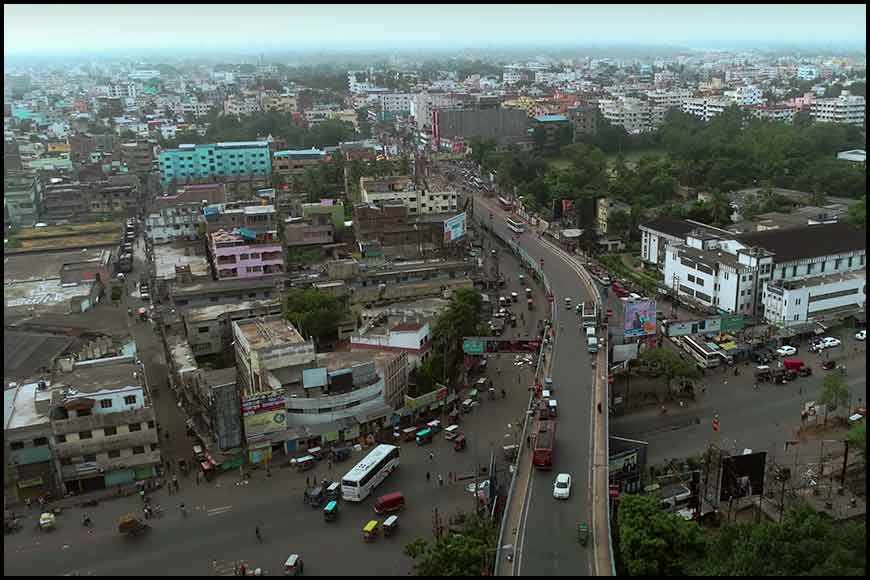 Malda
Malda
Located 12 km from south of modern day Malda city, Gour was founded by King Shashanka during the 7th century, whose reign marks the beginning of the Bengali calendar.
The ancient Sanskrit grammarian Paṇini mentioned a city named Gourpura, which is most likely the city of Gour, the ruins of which are still seen in Malda district. Ancient Gour and Pandua (Pundrabardhana) are the two cities which formed the capital of Bengal in ancient and medieval ages and are equidistant, north and south, from modern day English Bazar town (once known as Engelzavad according to some accounts, established by the British). The name English Bazaar came from the English factory which was established here in 1771.
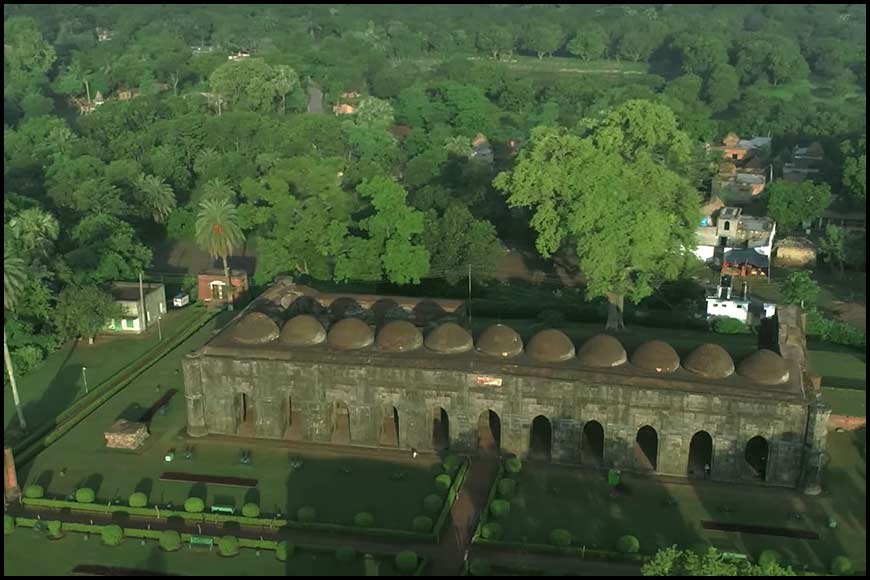 Baroduari Mosque
Baroduari Mosque
During the 18th century, Malda was the hub of Bengal’s flourishing cotton and silk industries. Today, Malda is known as the gateway to North Bengal, and occupies the land around the confluence of the Mahananda and Kalindi rivers. The region grows rice, jute, legumes and oilseeds, and is also famous for mangoes and mulberries. From Malda, you can visit Gour and Pandua, as we have already mentioned. Gour, in particular, was the capital of the Palas, the Senas, and the Muslim Nawabs. Pandua, once the alternative seat of power to Gour, boasts the third largest concentration of ancient Muslim monuments in Bengal. Its landmarks include the Jami Masjid (1566) and the magnificent Nimasari tower across the river. The Malda Museum has a great collection of the region’s architectural and anthropological specimens.
Gour (also known as Lakhnauti and Jannatabad) was one of the most prominent capitals in the classical and medieval Indian subcontinent. Located on the India-Bangladesh border, it was once also one of the most populous cities in the world. The ruins of Gour now stretch on both sides of the international border, and are divided between Malda district and Chapai-Nawabganj district of Rajshahi Division in Bangladesh. The Kotwali Gate, formerly part of Gour’s famed citadel, now marks the border checkpoint between the two countries.
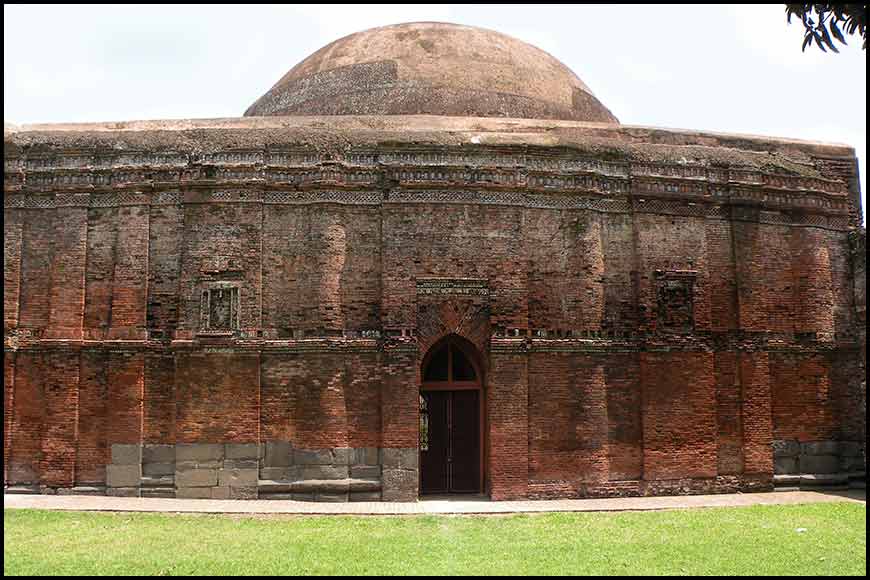 Chika Masjid
Chika Masjid
Culturally speaking, silk garments and other items from Malda are still exported globally, while ‘Dhokra’ and ‘Shika’ are forms of handicraft based on eco-friendly jute products.
Located 12 km from south of modern day Malda city, Gour was founded by King Shashanka during the 7th century, whose reign marks the beginning of the Bengali calendar. The Pala empire followed during the 8th century, and the dynasty ruled large parts of the northern Indian subcontinent. Gour became known as Lakhnauti during the Sena dynasty, and gradually became synonymous with Bengal and Bengalis, until it was conquered by the Delhi Sultanate in 1204.
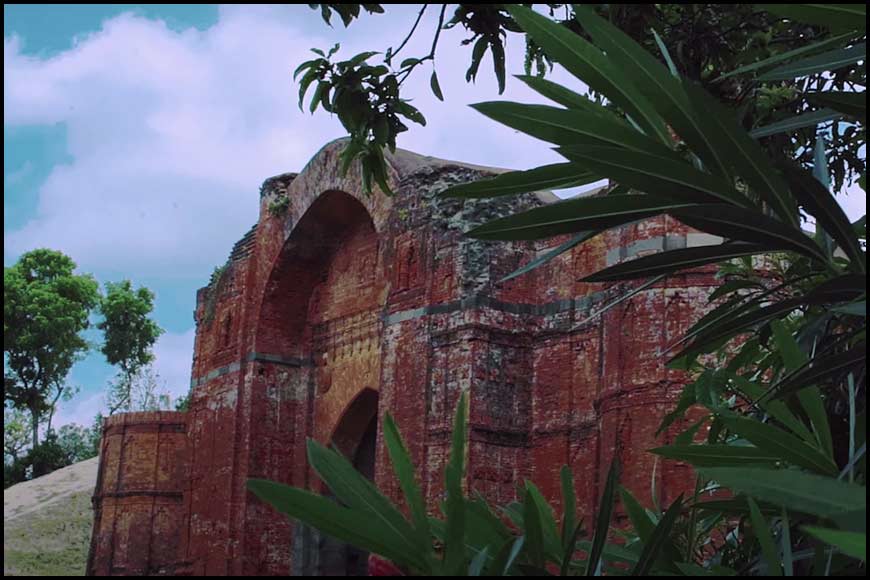 Dakhil Darwaza
Dakhil Darwaza
By 1500, the city of Gour had a population of nearly 200,000, and many historical accounts, primarily by the Portuguese, attest to its preeminent status. The Sultans built a citadel, mosques, a royal palace, canals and bridges, and the city thrived until the collapse of the Bengal Sultanate in the 16th century, when the Mughal Emperor Humayun invaded the region, and renamed the city as Jannatabad. Subsequently attacked by Sher Shah Suri, Gour also fell victim to the plague, and its glory diminished when a change in the course of the Ganges caused the Mughal provincial capital to shift to Dhaka.
Today, most of the surviving structures in Gour date back to the Bengal Sultanate. The relics particularly worth seeing are the Bara Sona Mosque aka Baro Duari Mosque, Dakhil Darwaja aka Salami Darwaja (1425), Qadam Rasul Mosque and the ruins of the extensive fortification. The colorful enamelled tiles on the Gumti Darwaza and Firoz Minar also survive to this day. Indeed, legend has it that real gold was used as part of the decorations on Gumti Darwza.
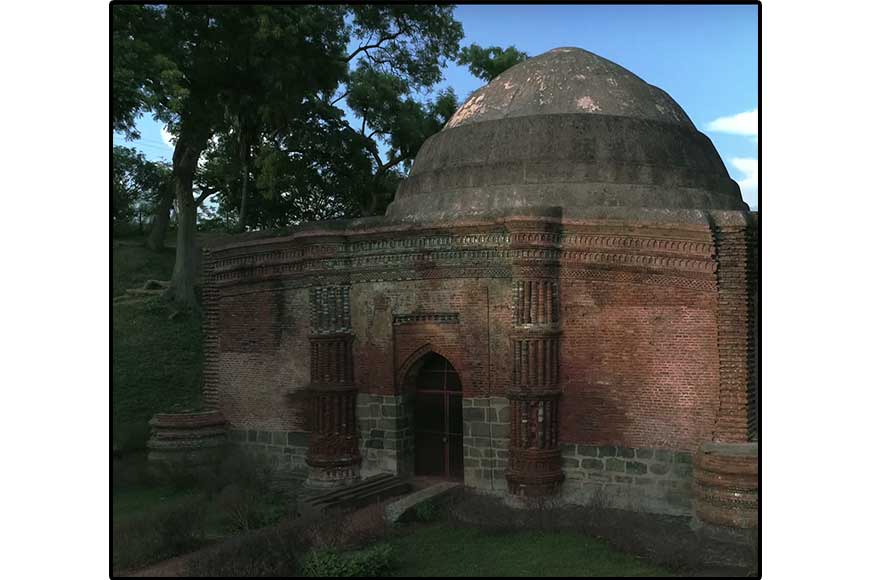 Gumti Darwaza
Gumti Darwaza
Elsewhere in Malda, among the most popular tourist destinations are Adina Mosque, built in 1369 by Sultan Sikander Shah, and still one of the largest mosques in India. It is a typical example of the most developed mosque architecture of the period, the orthodox design based on the 8th century mosque of Damascus. Adina Mosque is 19 km from Malda town railway station.Yet another fascinating spot is Jagjibanpur, situated about 30 km from Malda town, which is littered with the ruins of a Buddhist monastery (9th century AD), complete with copper plates and inscriptions. The plate contains inscriptions on both sides in the Siddhamartika script, and has a royal seal attached to the top containing the dharmachakra, flanked by two deer and an inscription in Sanskrit reading ‘Shri Mahendra Pal Devah’.
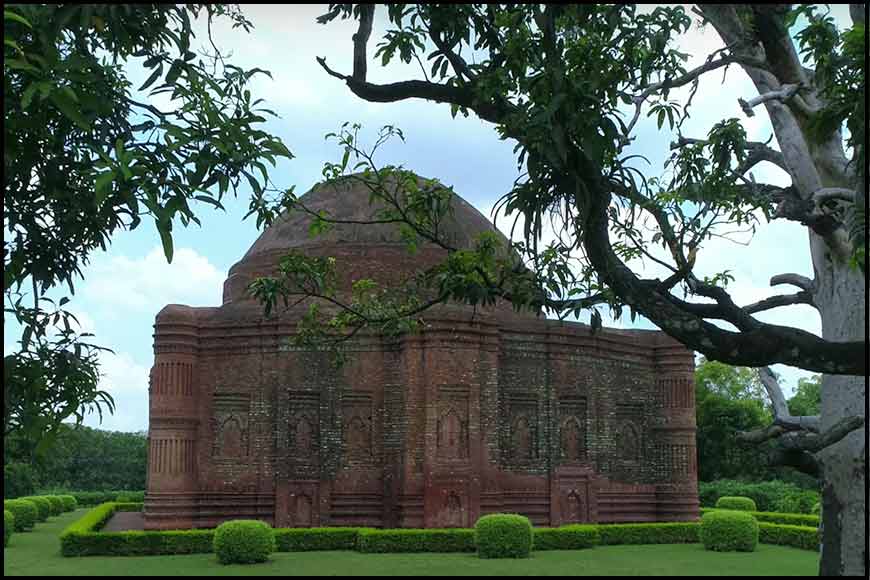 Lotan Mosque
Lotan Mosque
Malda is also famed for its food, particularly sweets and mangoes.The ‘Fazli’ mango is a large and late-maturing variety, with a pleasant flavour and sweet and fibreless pulp. ‘Golap Khas’ has a rosy flavour, while the ‘Langra’ is firm and lemon yellow. Other types of mangoes grown in Malda include the Kshirsapati, Mohonbhog, Dudhkumar, Begambahar, Nababpasin, and Dudhiya.
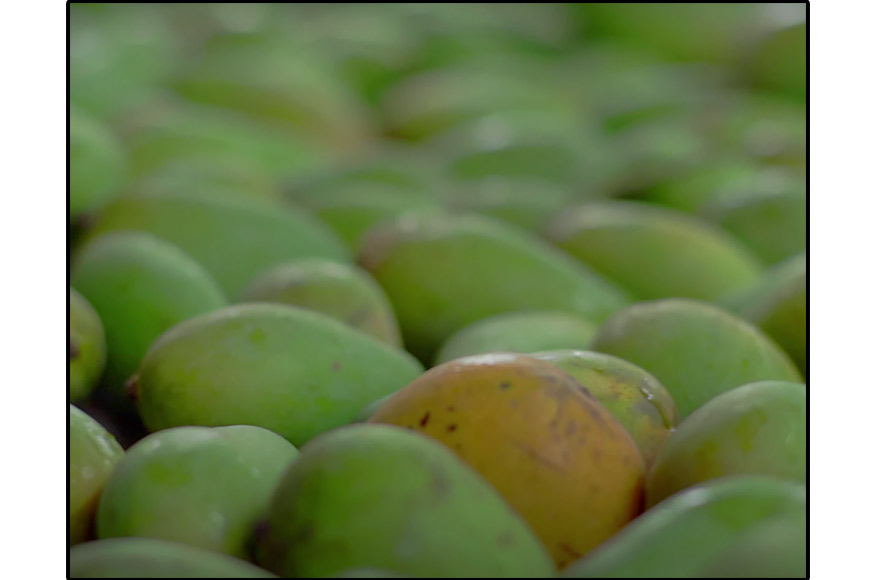 Mangoes of Malda
Mangoes of Malda
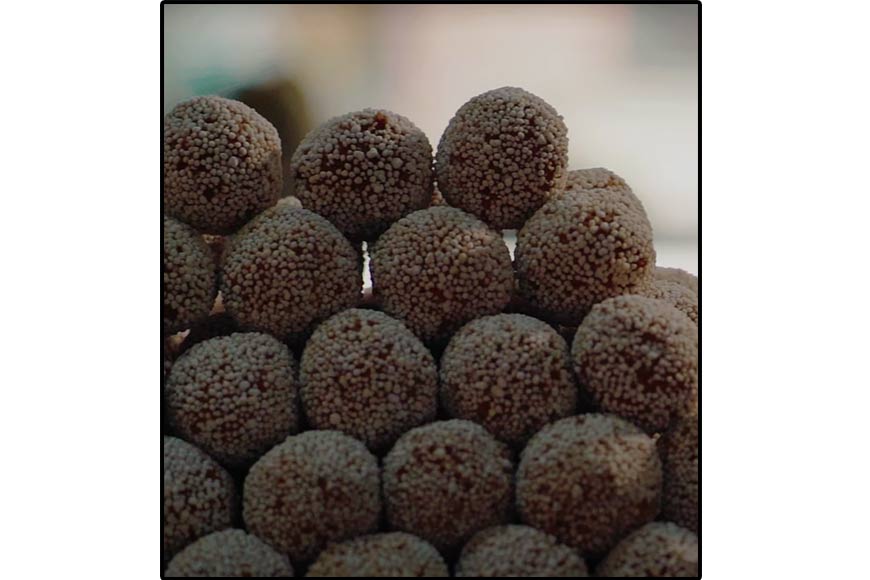 Roshokodombo
Roshokodombo
Then there are such unique items as the ‘Haati Paawa Luchi’, the oversized ‘luchi’ available in most fairs and ‘haats’, similar in size to an elephant’s foot! Shadullahpur is particularly famous for this delicacy. There is the Rasakadamba and Makhana of Harishchandrapur, and hilsa fish from the Ganga basin at Khehejuria and Manikchawk, besides numerous other varieties of sweet-water fish.
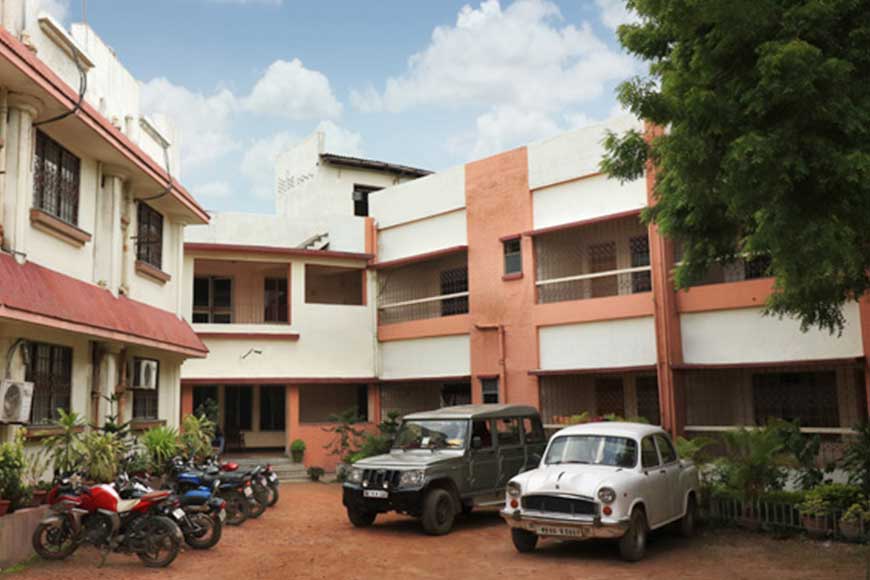 Amrapali Tourism Property
Amrapali Tourism Property
Culturally speaking, silk garments and other items from Malda are still exported globally, while ‘Dhokra’ and ‘Shika’ are forms of handicraft based on eco-friendly jute products. Also, wooden masks, associated with the centuries old Gambhira festival, is another of the unique crafts from this region.
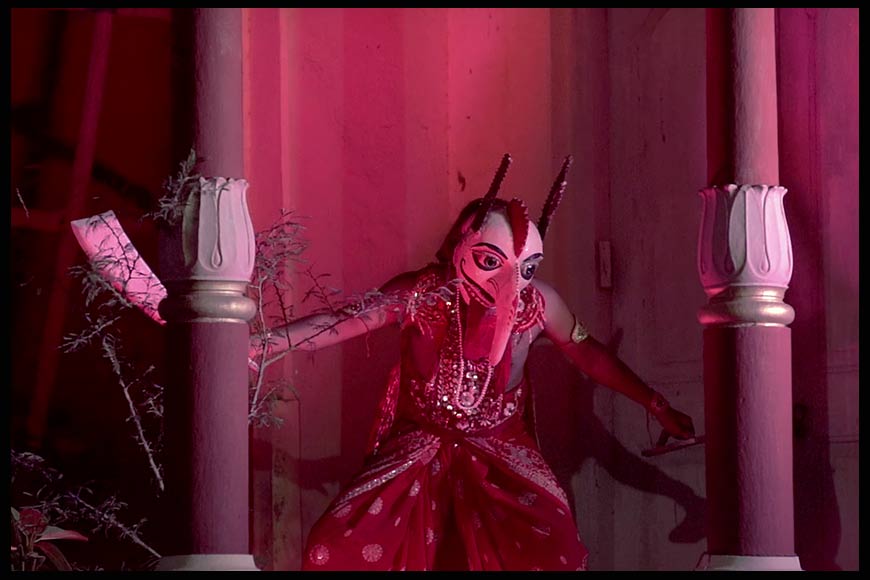 Gambhira dance
Gambhira dance
Apart from Gombhira, Alkap and Kavigan are also very popular in Malda.
How to get there
In these times of curtailed train travel, it would be a good idea to drive from Kolkata, or catch one of many buses departing from the city. The drive is a relatively long one, taking approximately 9 hours, covering a distance of about 325 km.
Where to stay
Amrapali Tourism Property, earlier Malda Tourist Lodge, offers excellent accommodation, bookings for which may be done directly through the West Bengal Tourism Development Corporation website, or by contacting
West Bengal Tourism Development Corporation Ltd
DG Block, Sector-II, Salt Lake
Kolkata 700091
Phone: (033) 2358 5189, Fax: 2359 8292
Email: visitwestbengal@yahoo.co.in, mdwbtdc@gmail.com, dgmrwbtdc@gmail.com











